Scegliere il paio di sci giusto può essere difficile, soprattutto per chi è alle prime armi con gli sport invernali. I numeri stampati direttamente sugli sci possono essere un'ottima guida. Scopriamo il loro mistero nell'articolo di oggi.
Puoi scegliere in base al numero o al cuore. Per quest'ultima opzione, consulta la nostra guida:
Lo sci è uno sport che richiede molta attrezzatura specializzata, e uno degli elementi più importanti sono gli sci. Gli sci sono disponibili in diverse forme e dimensioni, e comprendere i numeri e la terminologia che li contraddistinguono può essere complicato.
Lunghezza minore = più divertimento!
Lunghezza
Il primo numero che vedrai su un paio di sci è la lunghezza. Questa è la distanza dalla punta dello sci alla codae di solito si misura in centimetri. Gli sci sono disponibili in diverse lunghezze, da mini sci che si trovano in giro Dagli sci da 40 cm, agli skiboard più lunghi, solitamente tra i 65 e i 120 cm, fino agli sci lunghi che possono superare i 200 cm per gli sciatori più esperti. Tuttavia, sci così lunghi sono solitamente riservati agli sciatori olimpici: li trovereste terribilmente goffi.

Scegliere la lunghezza in base all'altezza: sfatiamo il mito
L'industria sciistica tradizionale sostiene che la lunghezza degli sci debba essere basata sull'altezza. Sebbene possa essere vero in alcuni casi, questa opinione
La verità è che non è necessario scegliere gli sci in base alla propria altezza: puoi scegliere gli sci in base a ciò che ti sembra più comodo.
Gli skiboard in realtà non corrispondono all'altezza di nessuno ma portano molti benefici agli sciatori di tutti
Scegliere la lunghezza giusta dello skiboard
Gli Snowblade sono disponibili in varie lunghezze che vanno da 65 cm a 120 cm, Offrendo un'ampia gamma di opzioni per soddisfare diverse preferenze. Che tu sia un principiante in cerca di una manovrabilità più semplice o uno sciatore esperto alla ricerca di stabilità ad alta velocità e massime prestazioni nella neve profonda, c'è una taglia per ogni stile!
Iniziando dal più corto, gli skiboard da 65 cm Offrono una sensazione simile al pattinaggio sulla neve. Sono estremamente maneggevoli, anche se richiedono un ottimo senso dell'equilibrio tra avantreno e retrotreno.
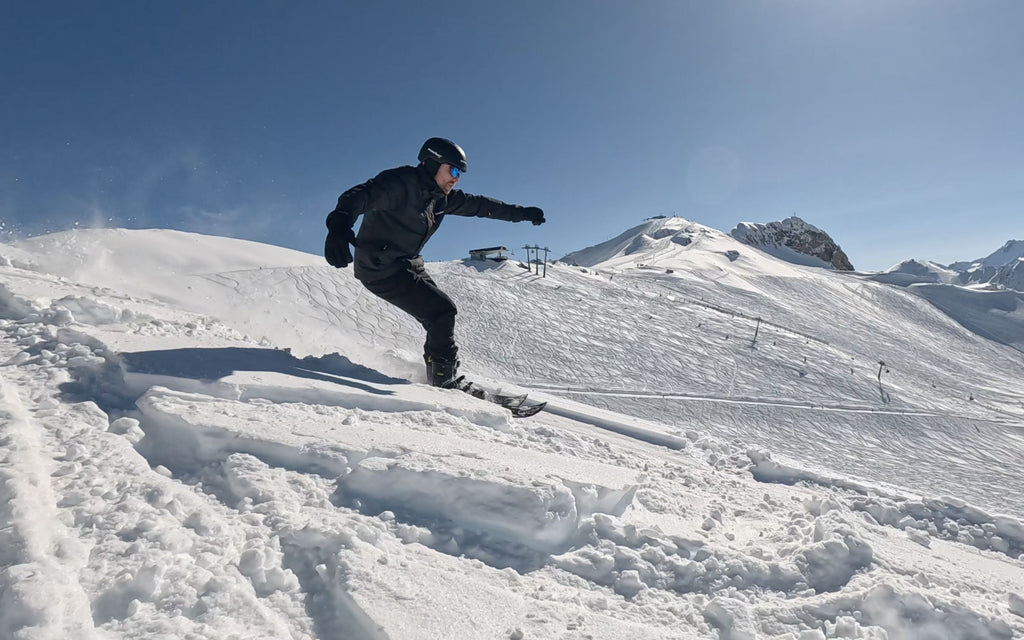
All'altro estremo dello spettro, Skiboard da 120 cm
Scegli la lunghezza più adatta a te
Per coloro che trovano non adatti sia gli skiboard da 65 cm che quelli da 120 cm, gli skiboard da 99 cm raggiungono un equilibrio perfetto. Permettono lo sci libero ma offrono un supporto adeguato per affrontare le gobbe, insegnare sci o divertirsi negli snowpark. Rappresentano la soluzione ideale per esperienze sciistiche versatili.
Ti senti avventuroso? Puoi provare sci corti fino a 44 cm!
Larghezza
Il secondo numero che vedrai su un paio di sci è la larghezza. Questa è la misura dello sci nel suo punto più largo, che di solito si trova al centro o alla cintura. La larghezza dello sci è importante Perché influenza le prestazioni dello sci in diverse condizioni. Ne parleremo più avanti.
Skiboard più stretti, circa 70-85 mm in vita, sono più adatti alle piste battute e alla neve compatta, poiché sono più maneggevoli e facili da controllare. Se trascorri la maggior parte del tuo periodo invernale sulle piste, opta per gli skiboard più stretti.
Skiboard più larghi, circa 90-110 mm in vita, sono migliori per i profondi
Sciancratura
Il terzo numero che vedrai su un paio di sci è la sciancratura. Si tratta della misurazione della differenza tra la larghezza dello sci alla punta e la larghezza dello sci alla base.
Uno sci con una sciancratura più ampia avrà un raggio di sterzata più corto e sarà più manovrabile, mentre uno sci con una sciancratura più piccola avrà un raggio di sterzata più lungo e sarà più stabile ad alte velocità.
A
Flettere
L'ultimo numero che vedrai su un paio di sci è il grado di flessibilità. Questa è una misura di quanto è rigido lo scie viene solitamente valutato su una scala da 1 a 10. Gli sci con un flex inferiore sono più morbidi e permissivi, il che li rende più facili da controllare per i principianti. Gli sci con un flex superiore sono più rigidi e reattivi, il che li rende più adatti agli sciatori esperti che amano sciare ad alta velocità e affrontare terreni difficili.
Oltre a questi numeri, ci sono alcuni altri termini che potresti vedere quando
"Camber" si riferisce alla curvatura dello sci; gli sci camber tradizionali presentano un leggero arco sotto il piede.
"Rocker" si riferisce a uno sci con la punta o la coda rivolta verso l'alto, che aiuta a galleggiare in acque profonde
E "legami" sono la parte dello sci che collega lo scarpone allo sci.Altrettanto importante da considerare prima di acquistare gli sci è l'attacco, perché influenzerà notevolmente la tua esperienza sugli sci.
Attacchi
Sebbene molti sciatori conoscano solo il
Prova qualcosa di nuovo

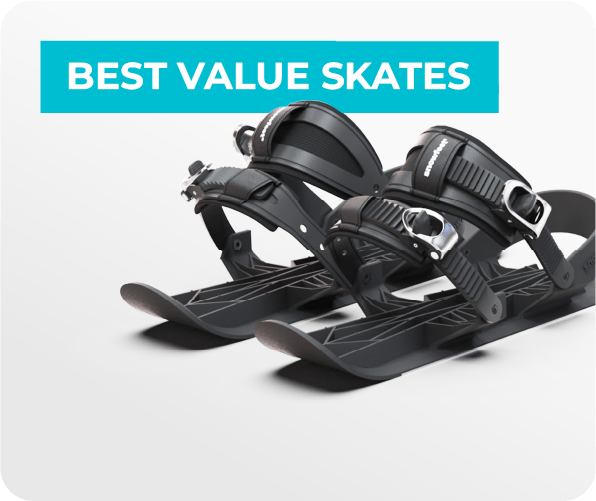
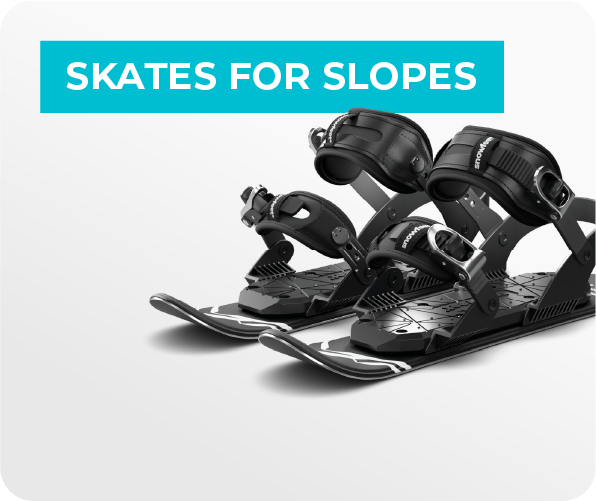
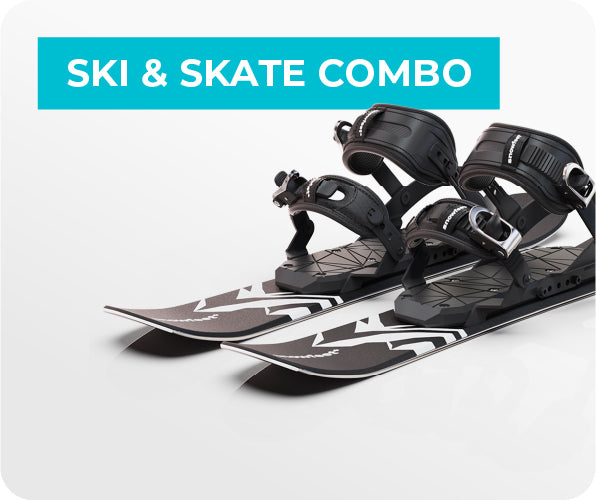
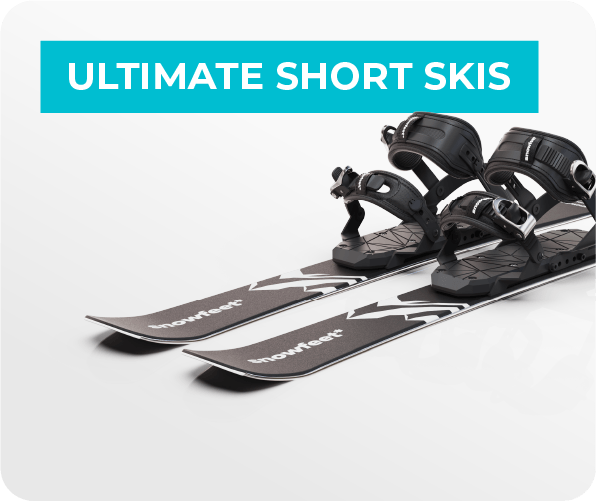
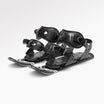
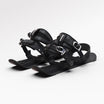
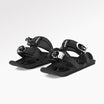
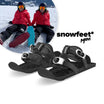
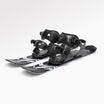
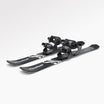
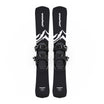
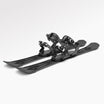
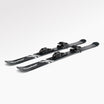
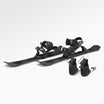
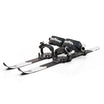
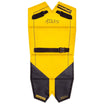
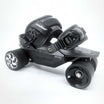
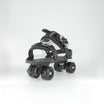
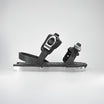
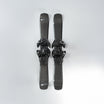
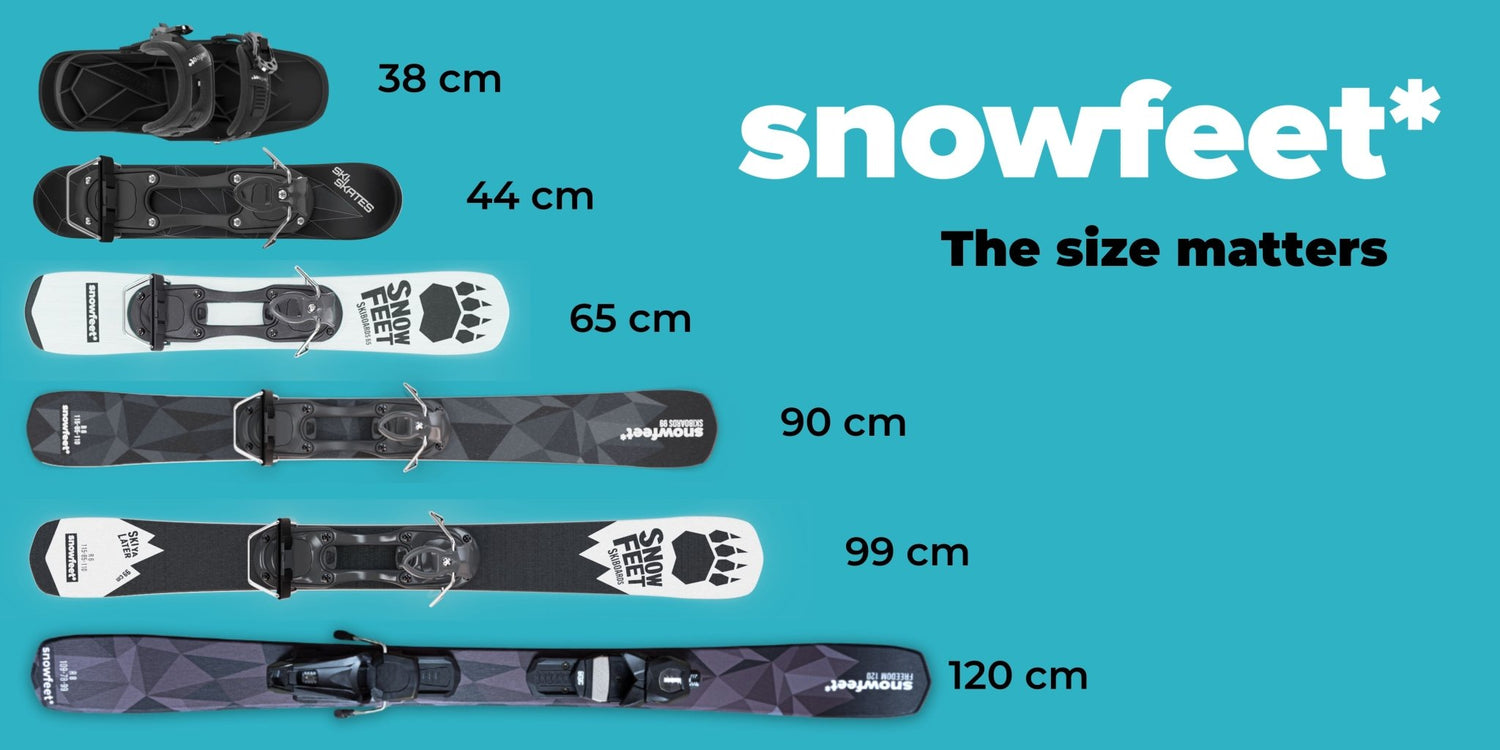

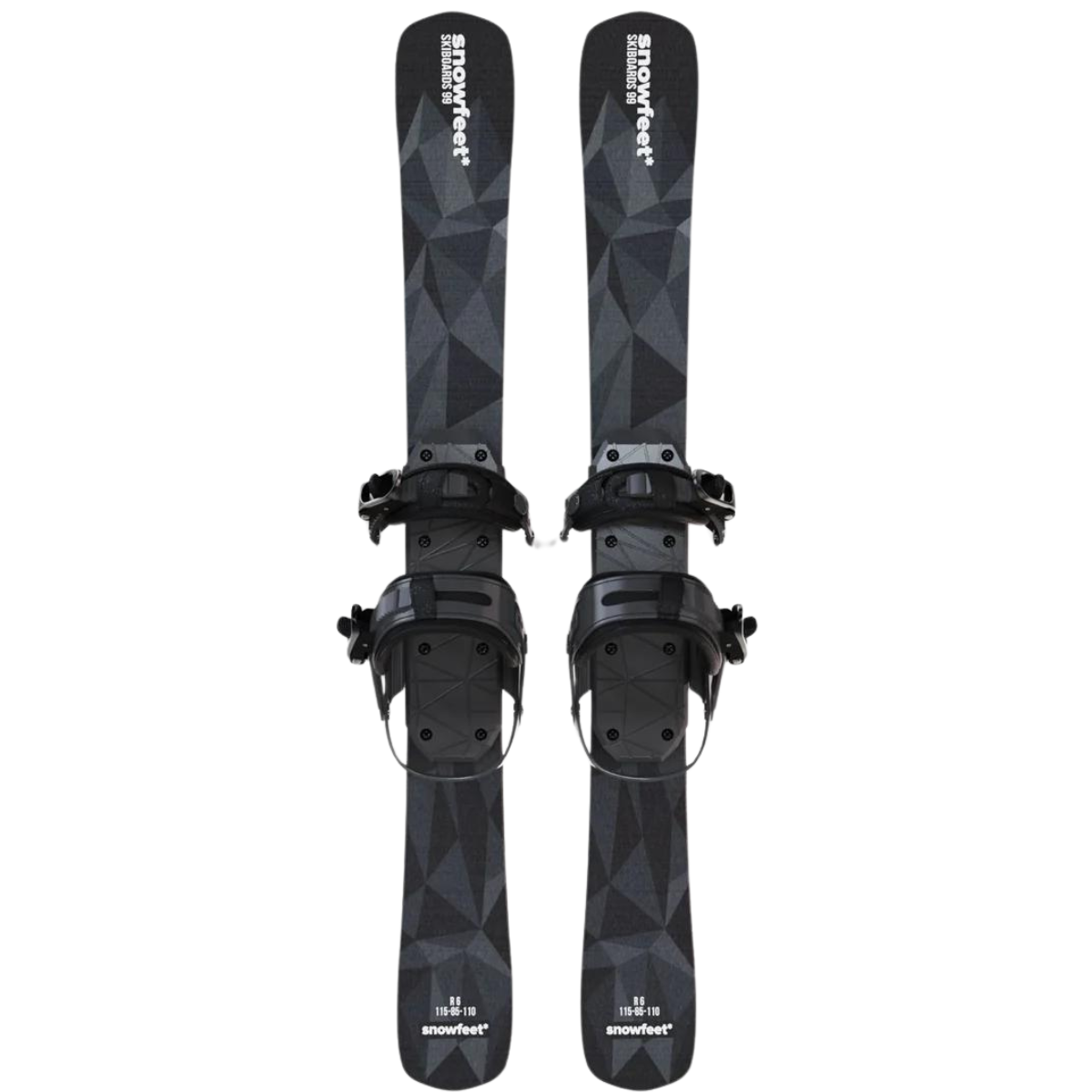
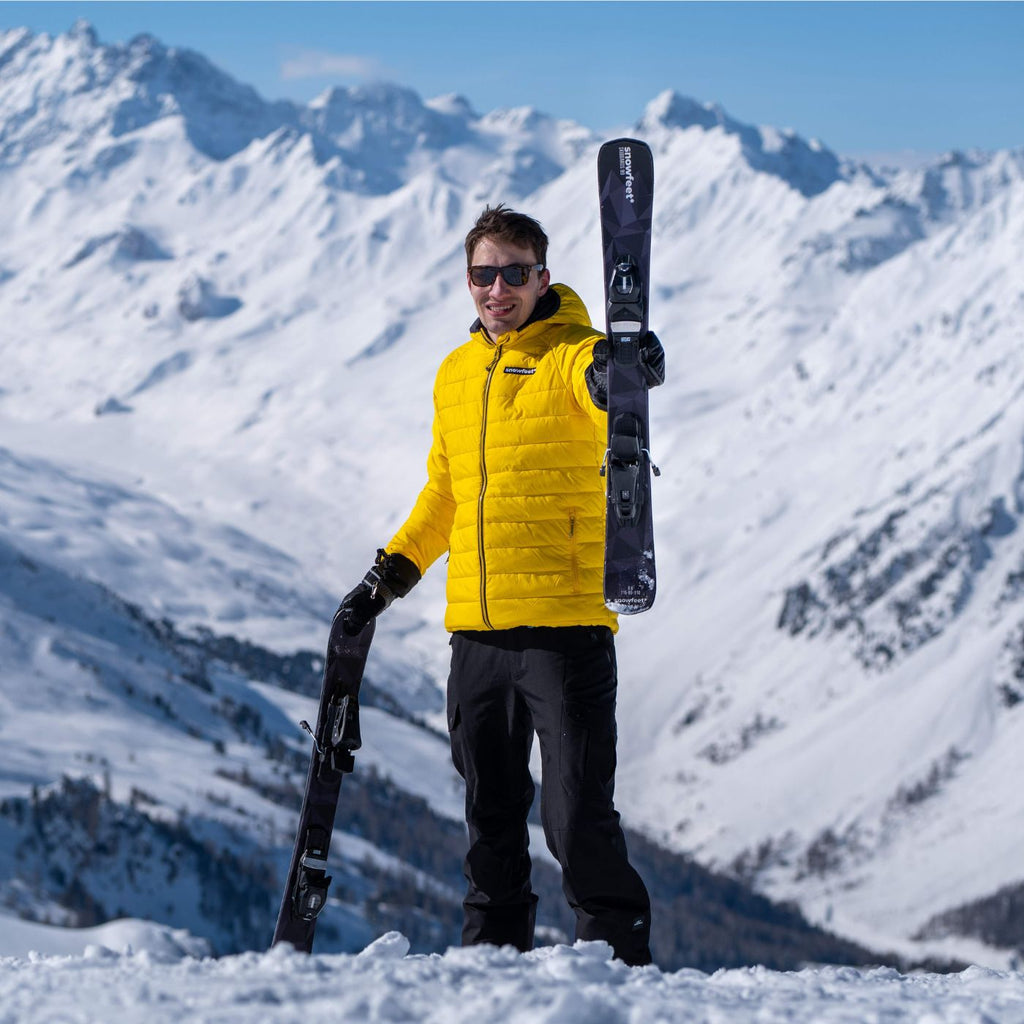




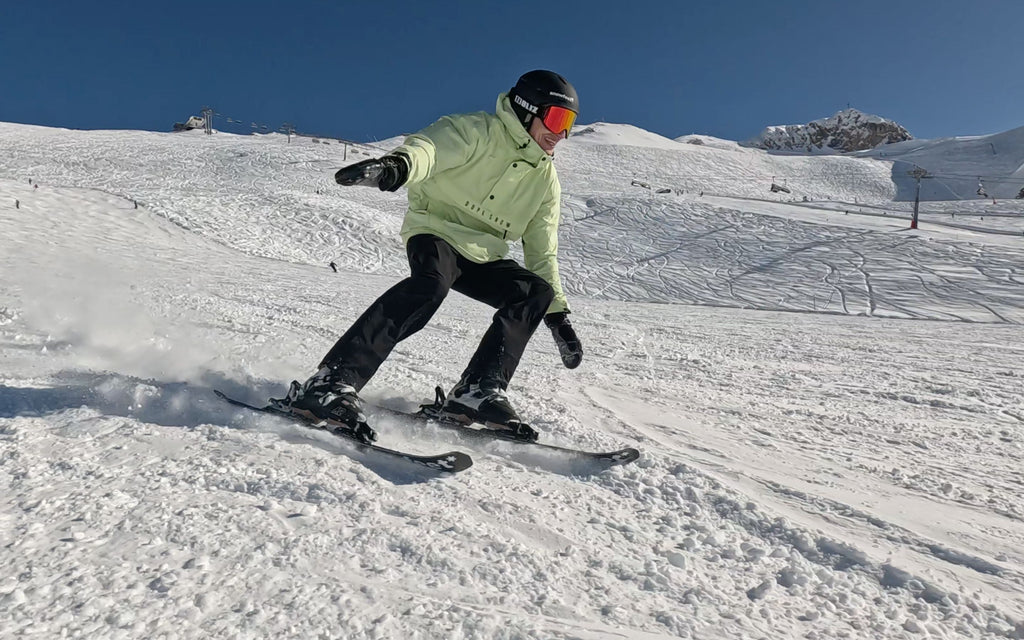

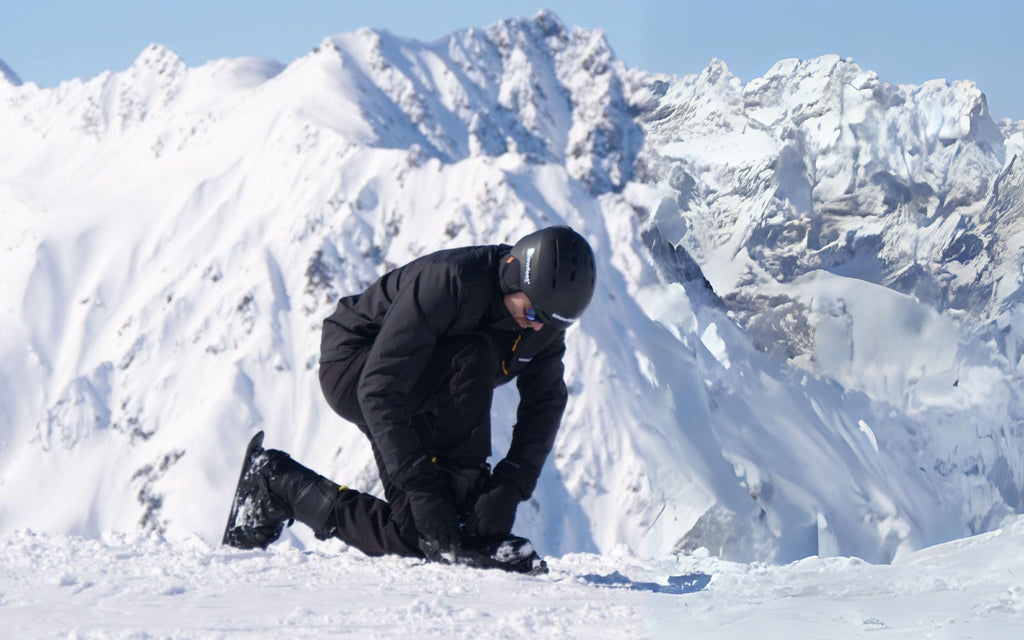

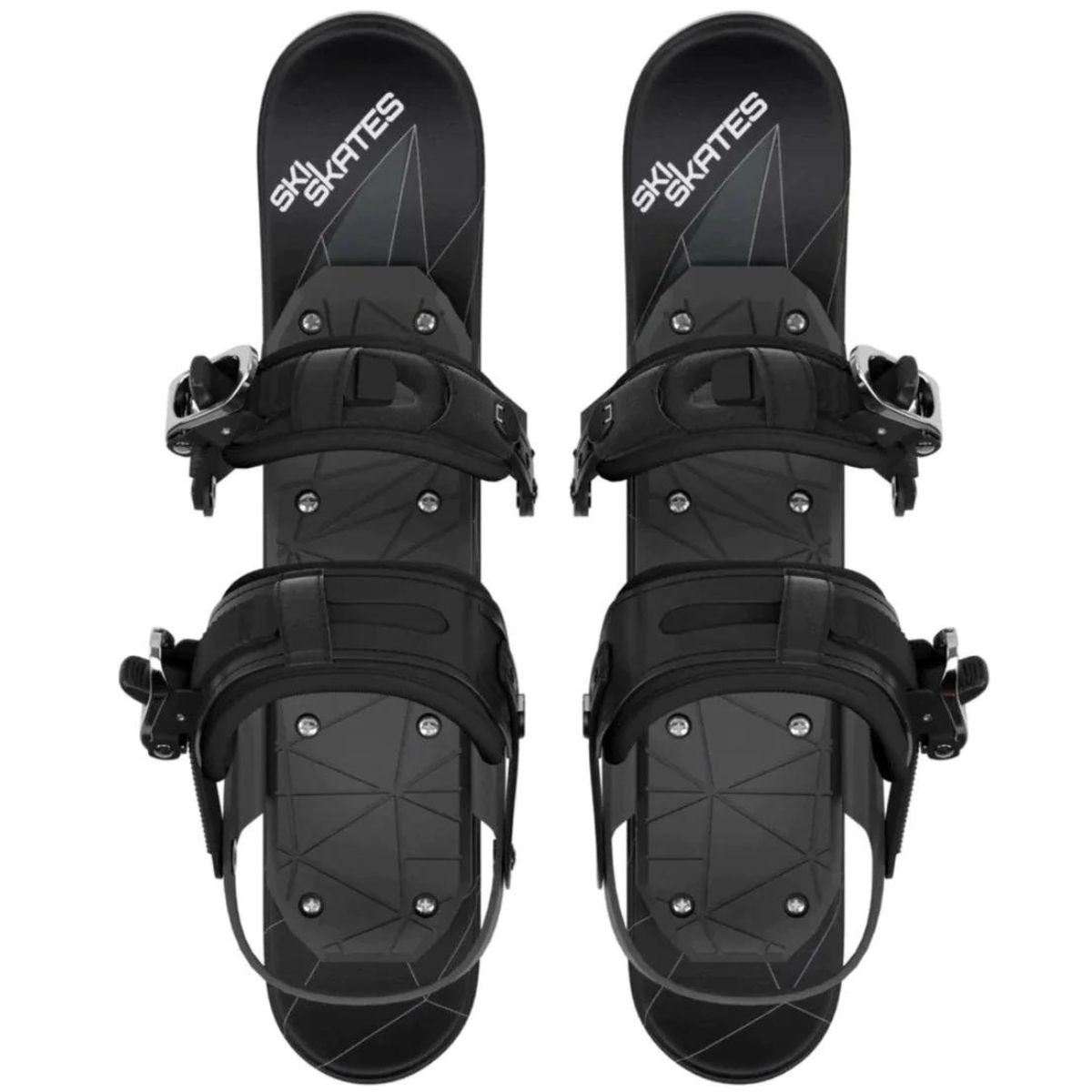
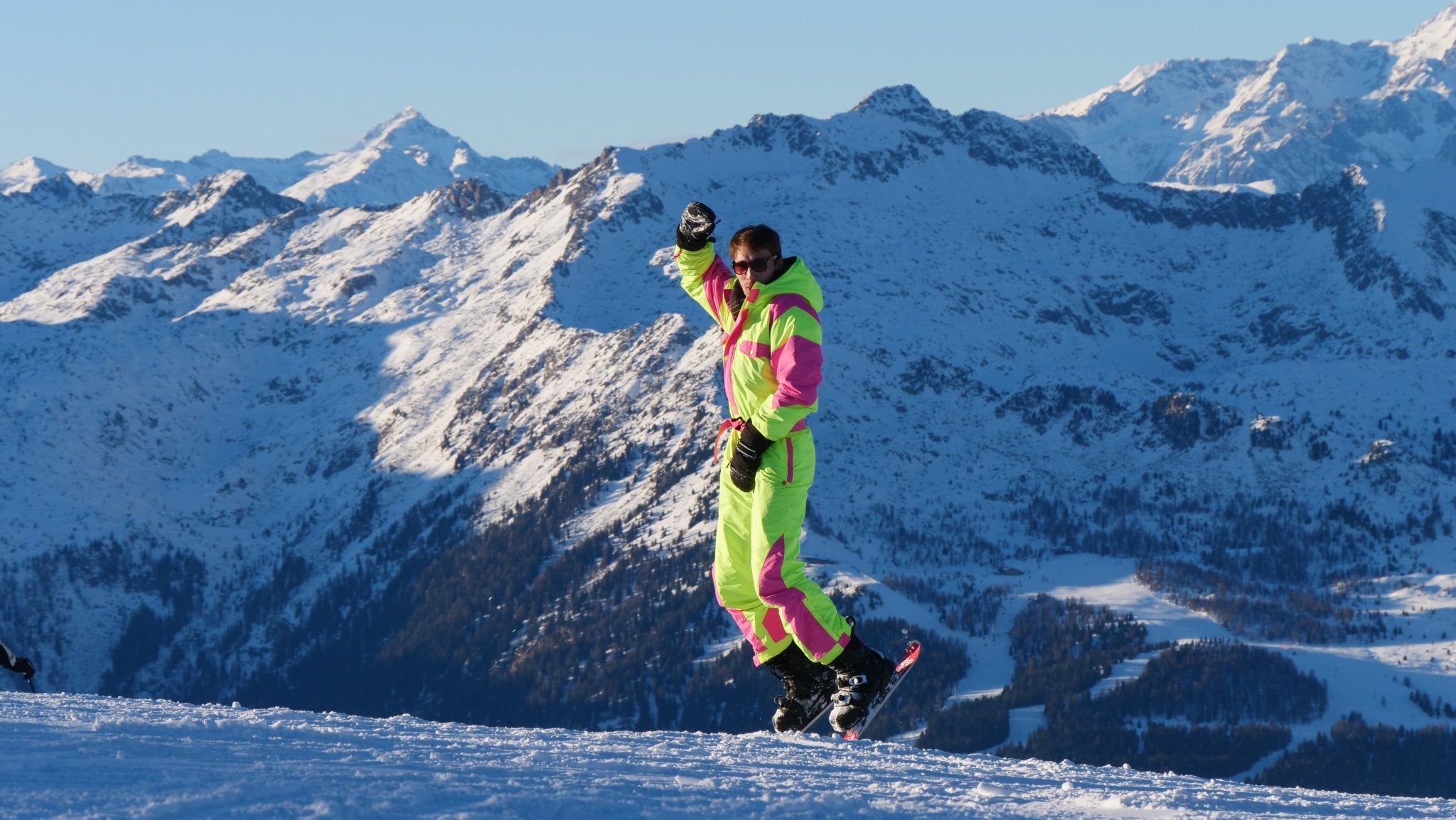
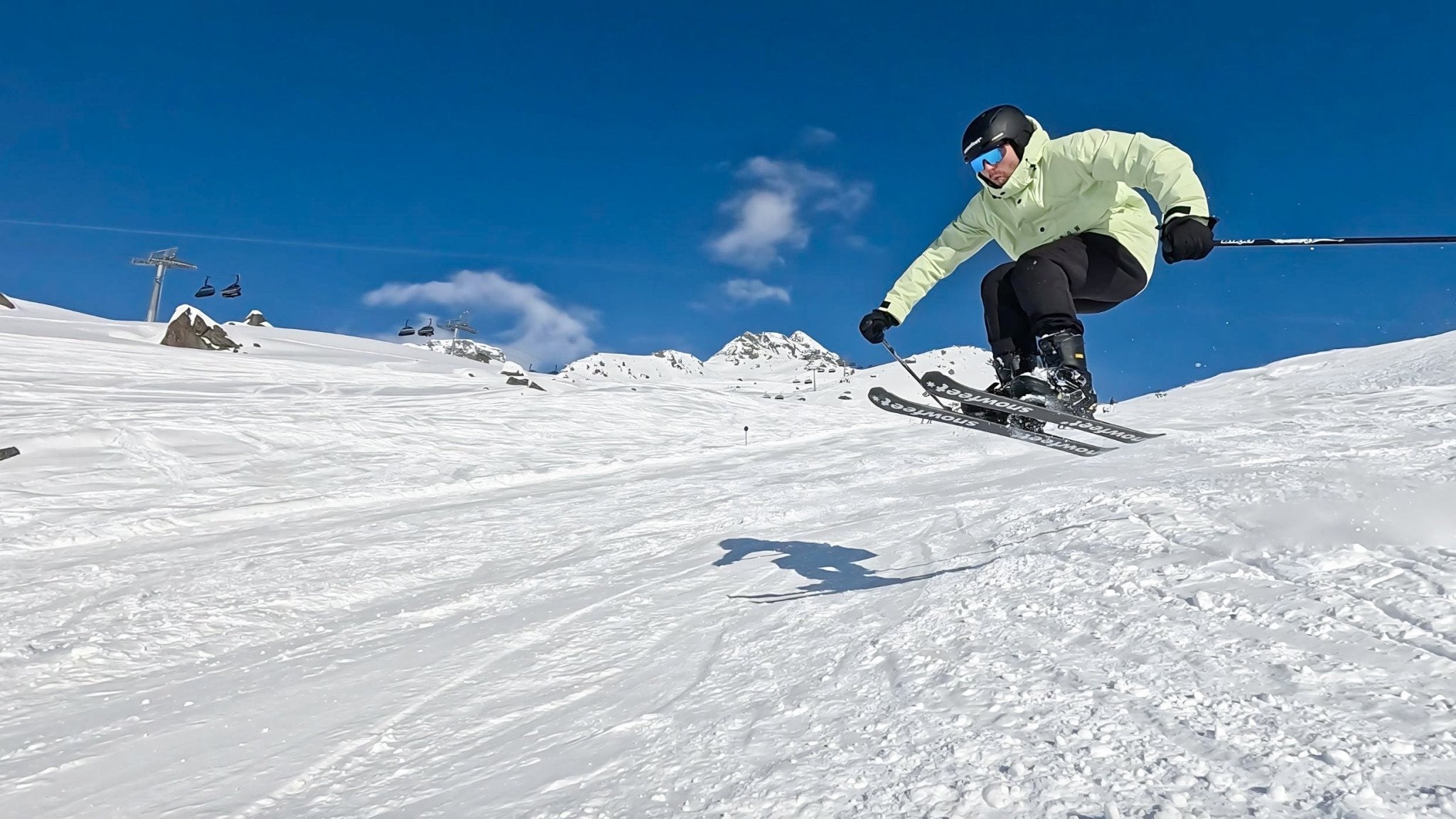
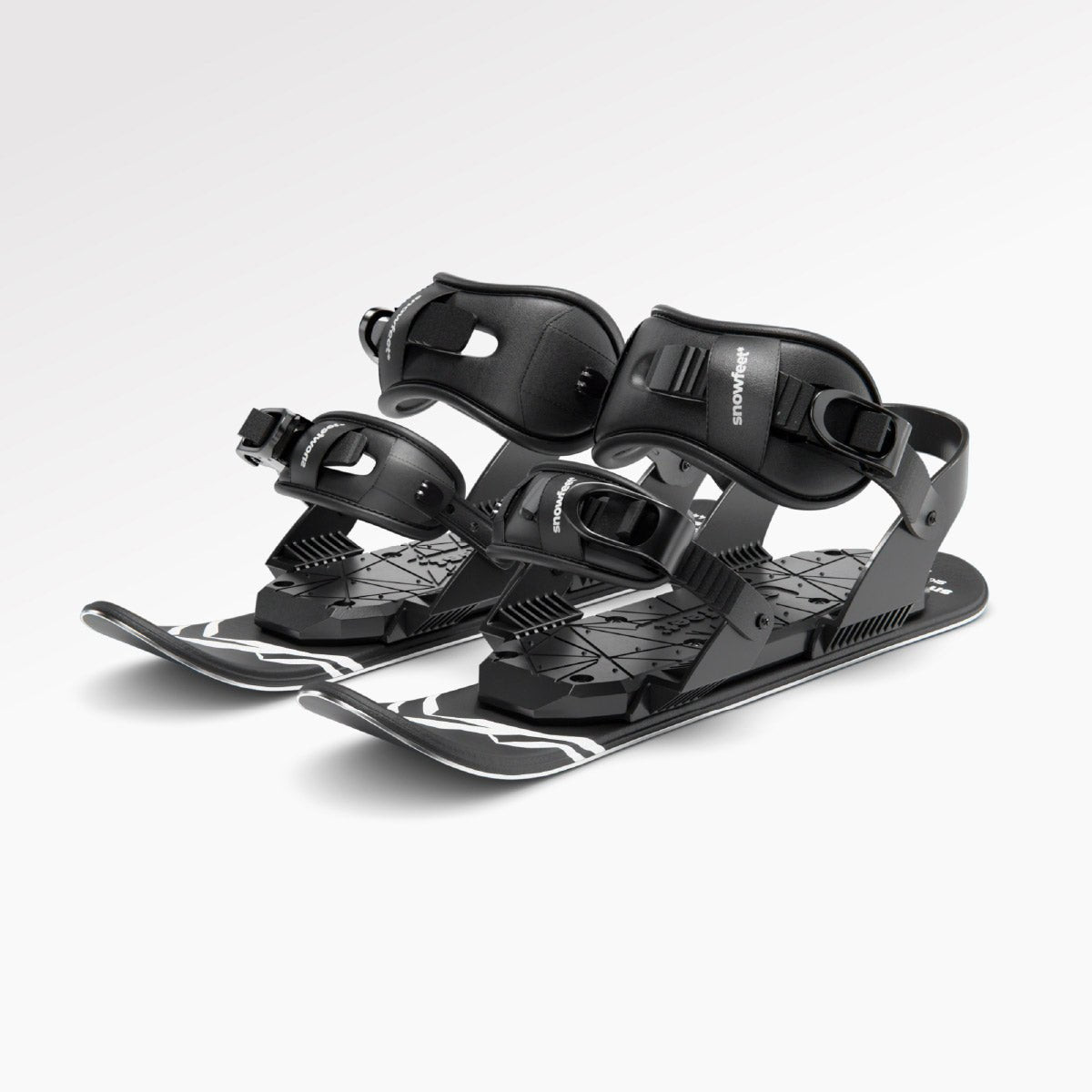
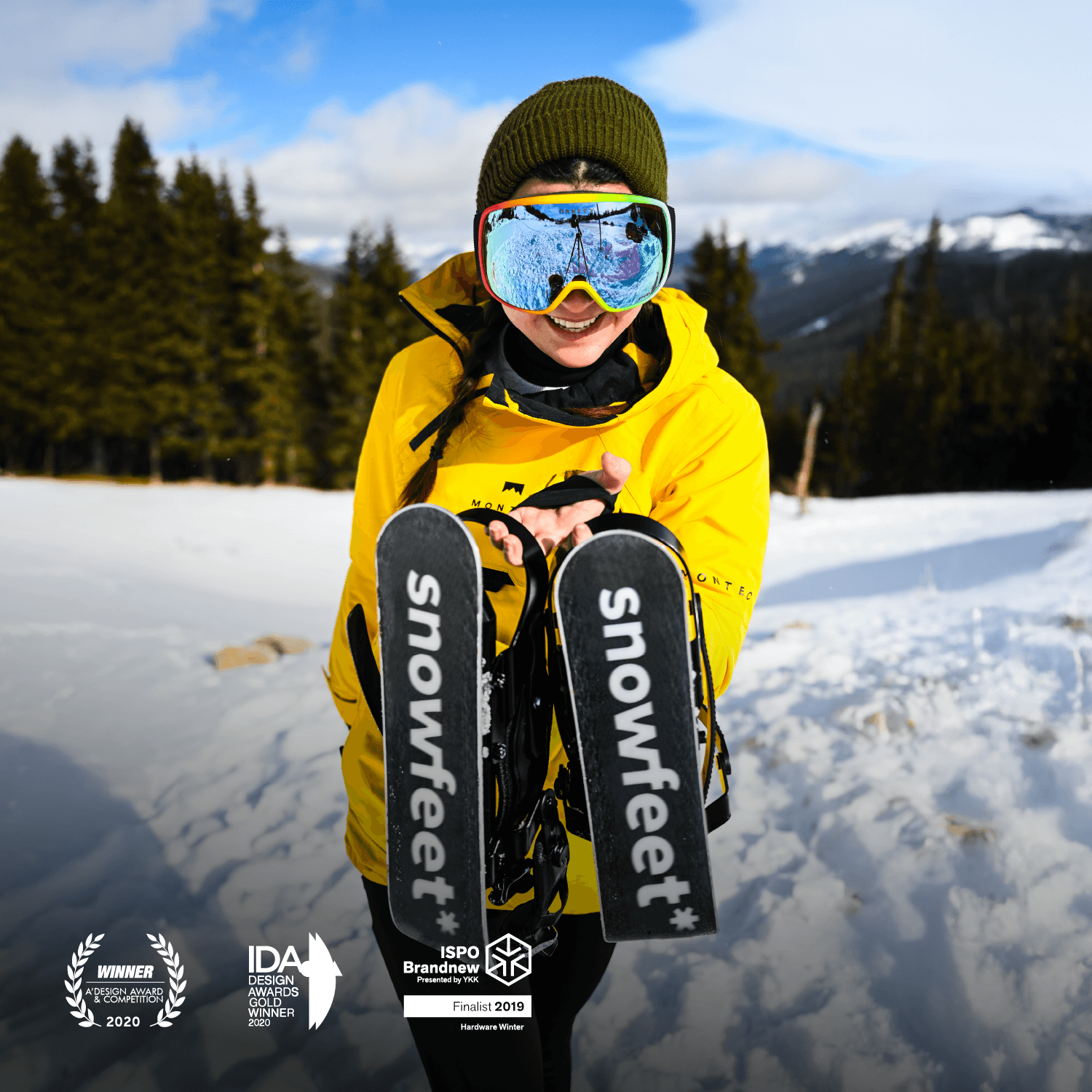
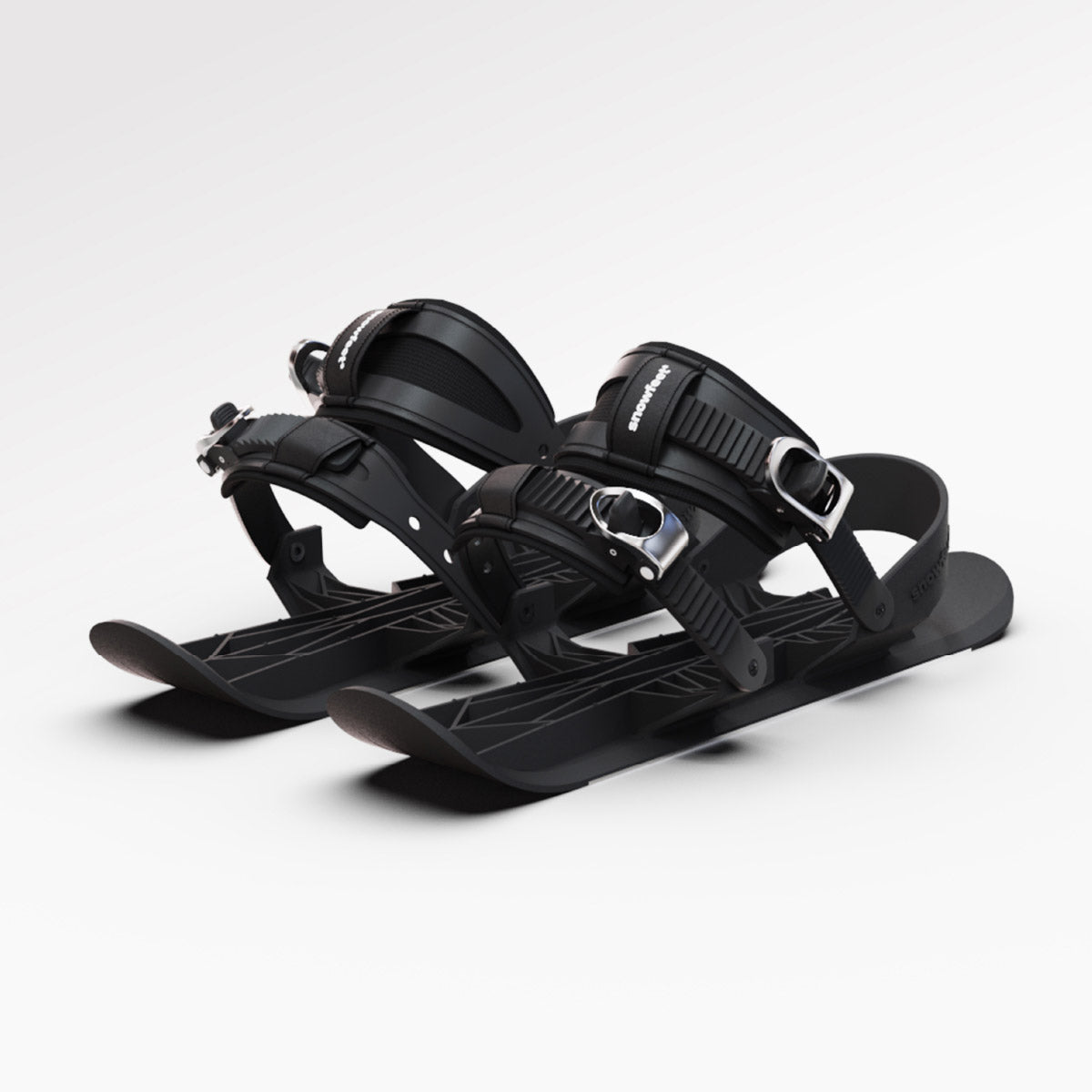
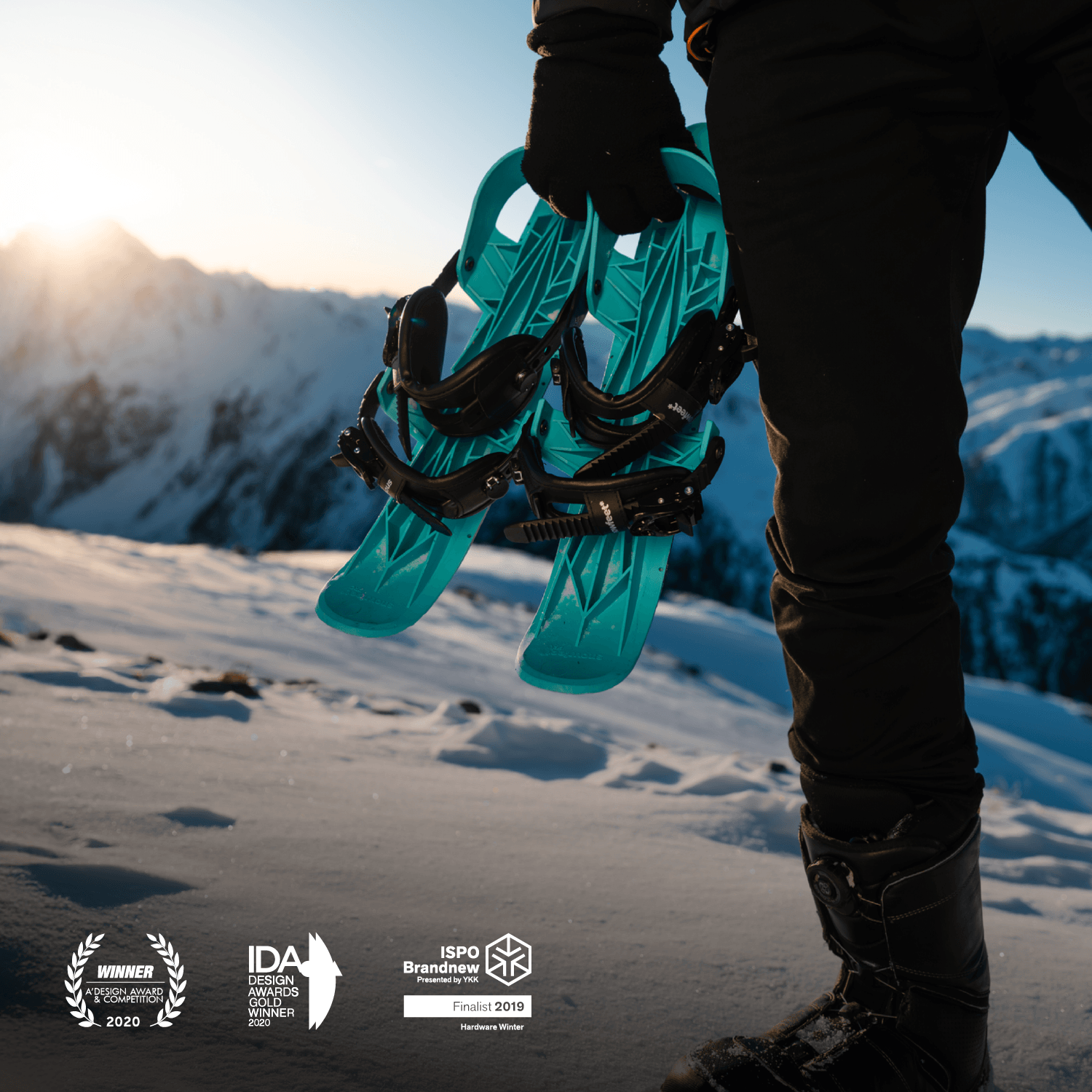
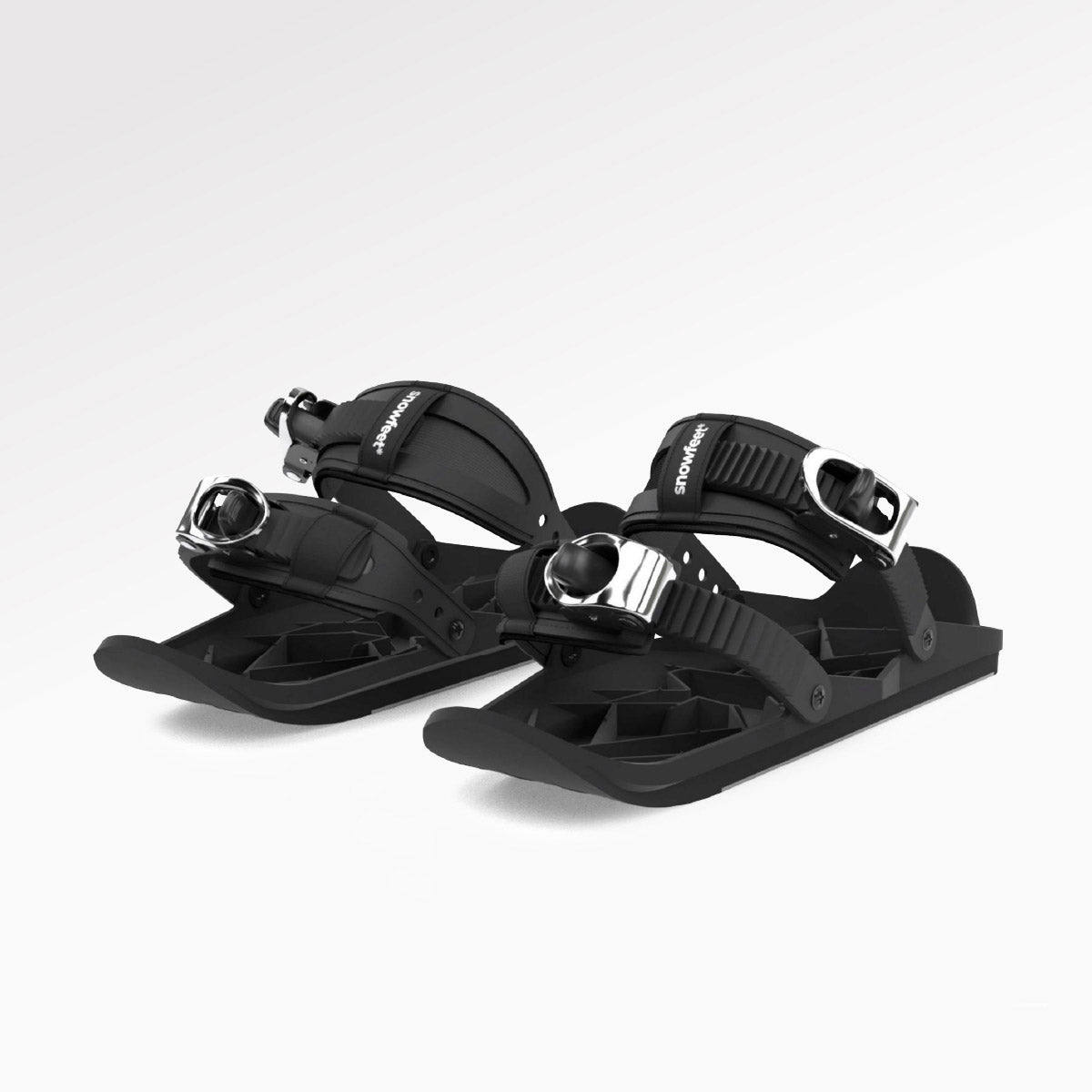
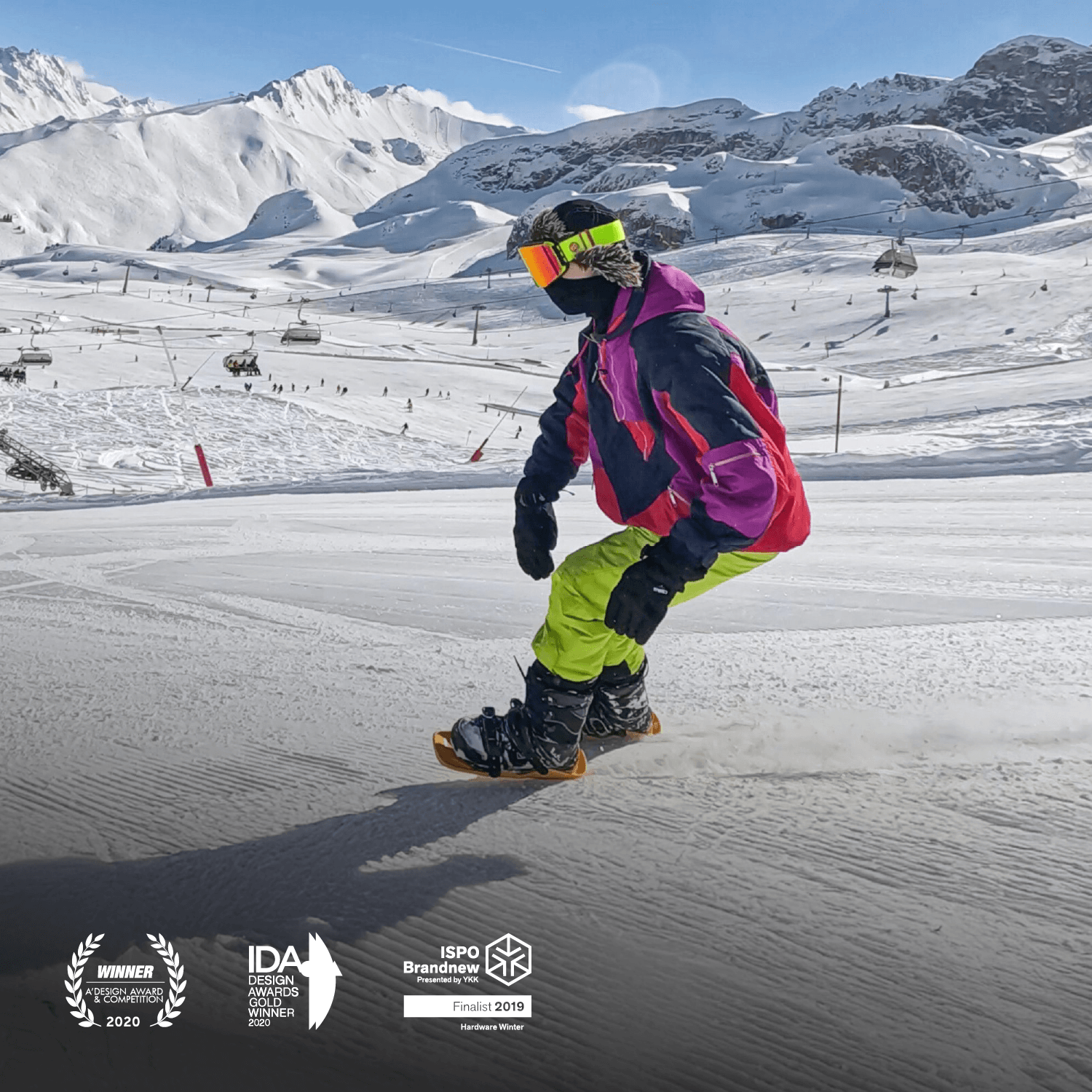
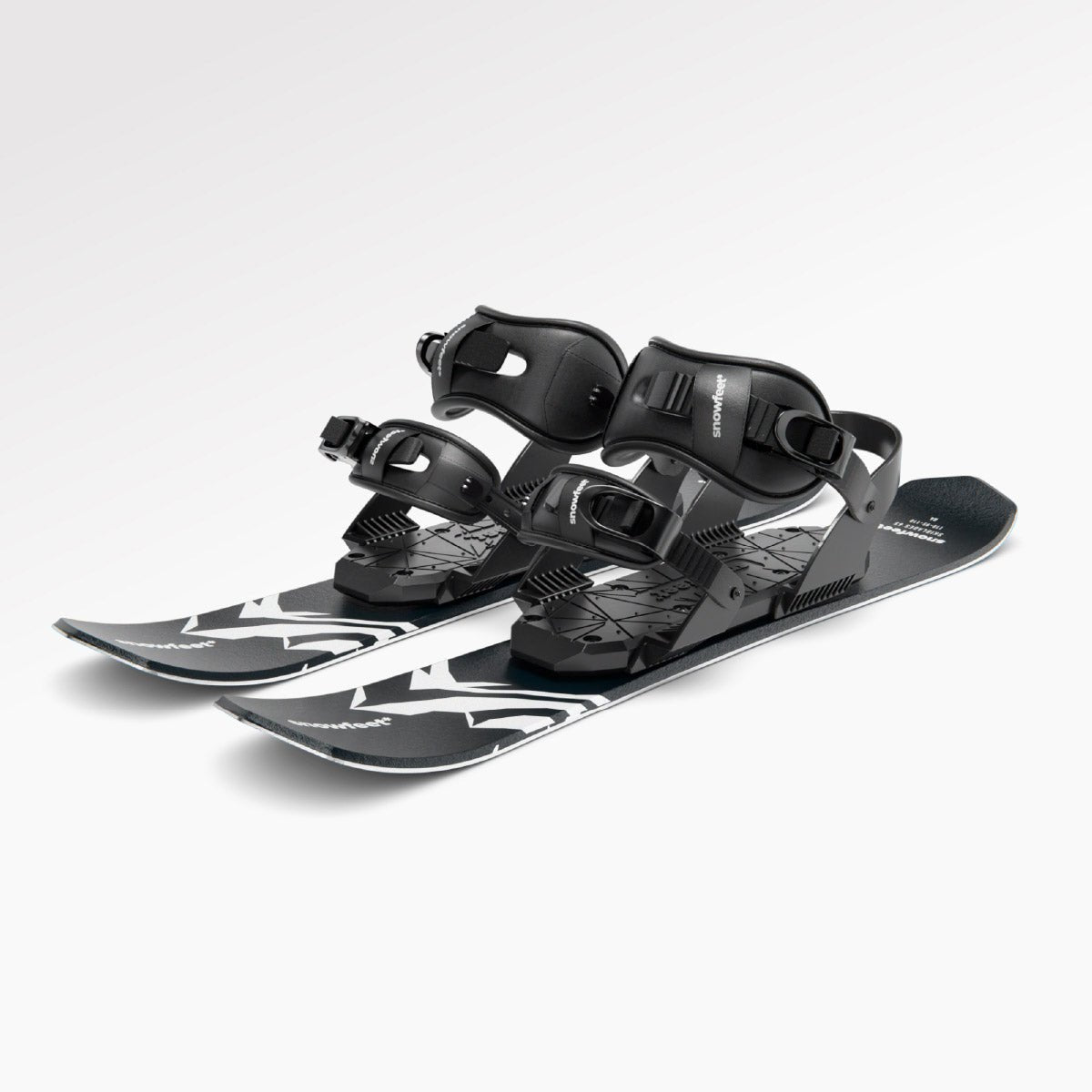
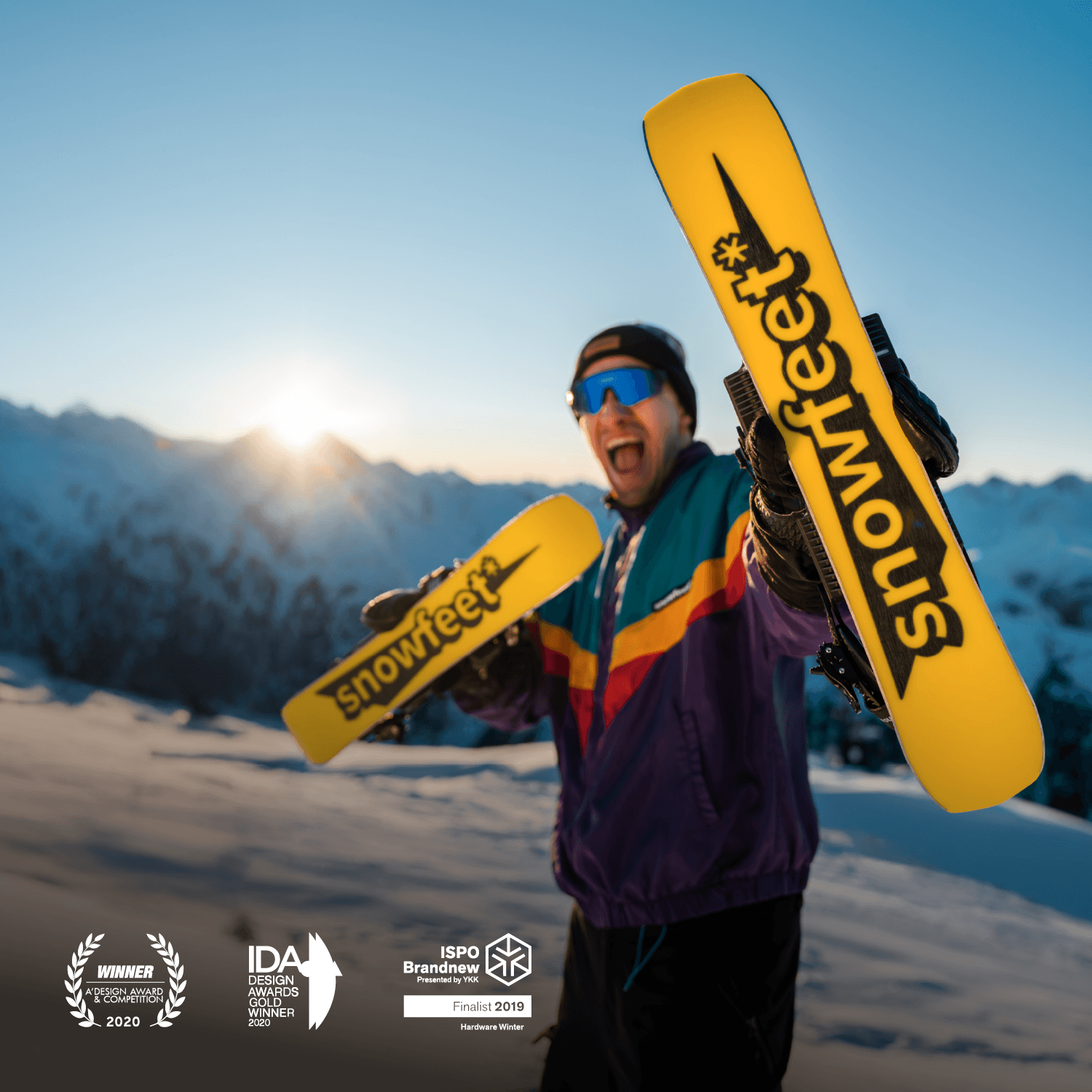
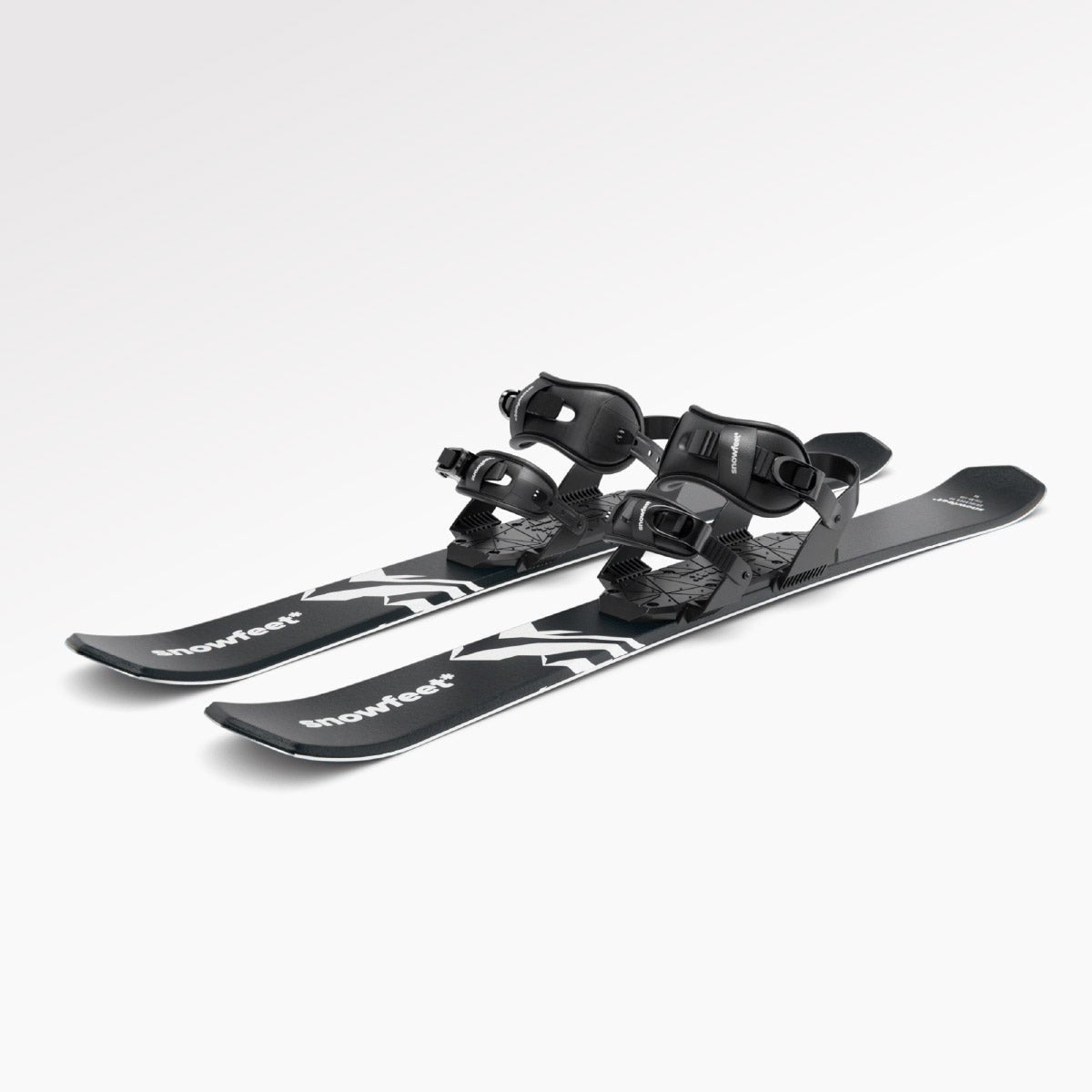
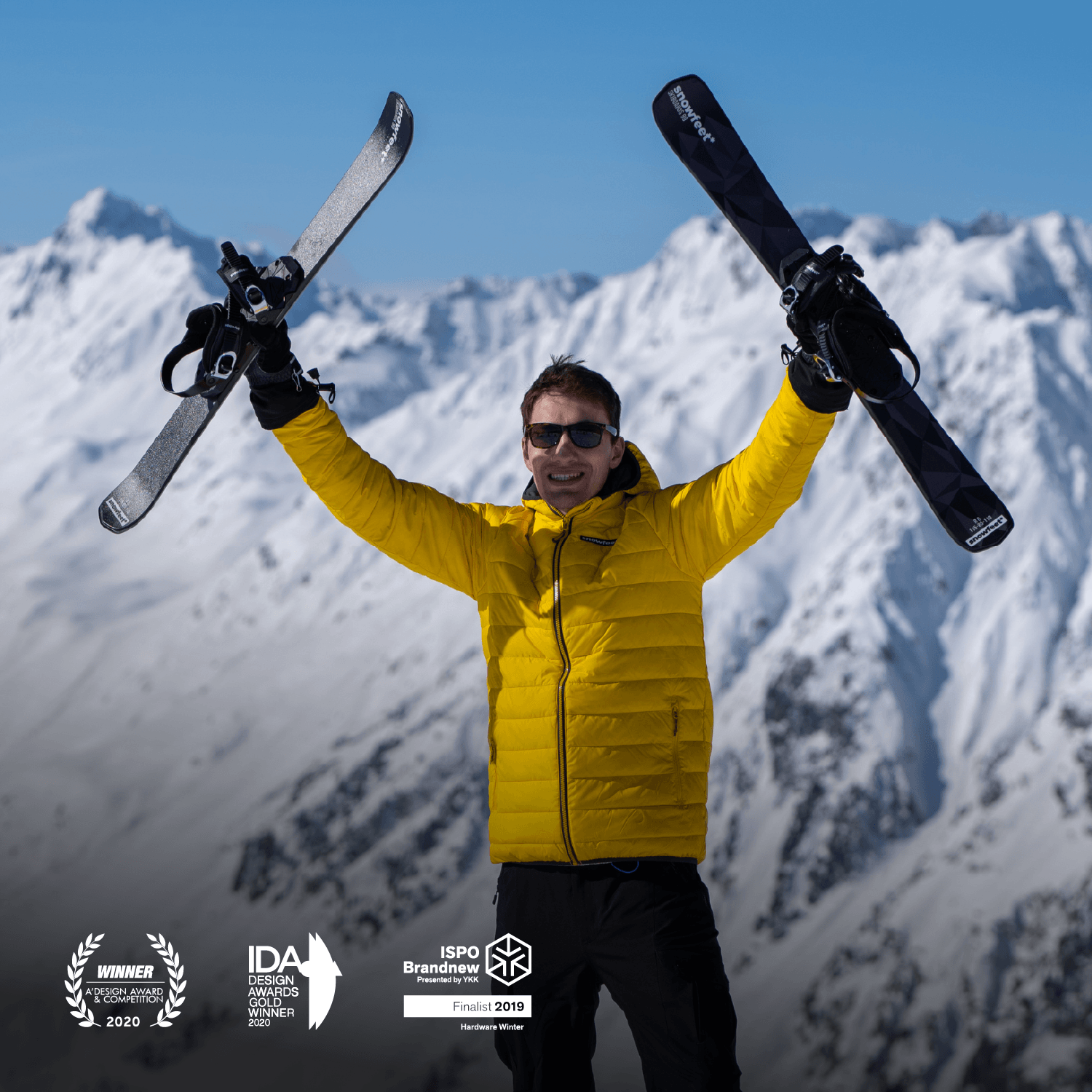
Lascia un commento
Questo sito è protetto da hCaptcha e applica le Norme sulla privacy e i Termini di servizio di hCaptcha.